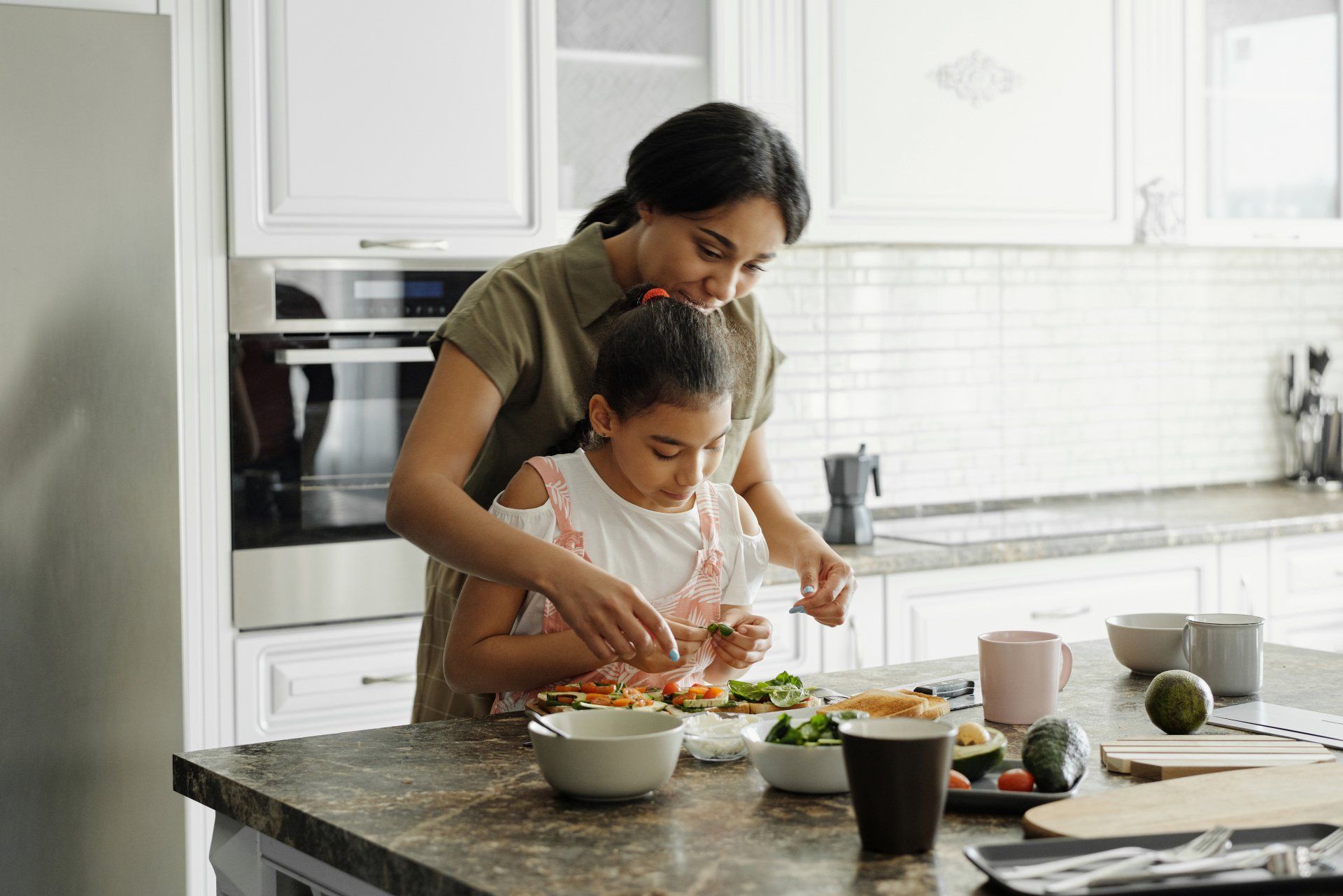How Backward Chaining is Used in ABA Therapy

There is much that can be said about Applied Behavior Analysis therapy and the wide variety of techniques that it utilizes to effect change in clients with autism. One of the most common strategies of ABA therapy alongside individualized goals and positive reinforcement is something called backward chaining. Read on to discover what backward chaining is and how it is used by therapists.
What is Backward Chaining
Backward chaining is a tool used in ABA therapy in which a complicated task is broken down into discrete steps. This is similar to a technique called forward chaining, however in backward chaining, the child learns and practices each step in reverse, starting with the very last step in the chain. This may sound counterintuitive but learning more about how therapists use this technique may help you understand why it is beneficial to individuals with autism.
How is Backward Chaining Used
In backward chaining, the therapist teaches and models every step in the process all the way to the last step, and at that point the learner takes over and completes the last step, with support as needed. This is repeated until the child has achieved mastery of that final step, and then the therapist continues the process, now having the child take over on the second to last step and so on and so forth. The therapist scaffolds the learner by completing fewer and fewer of the earlier steps and gradually letting the child take over in the process, until ultimately the child is successful in all steps independently.
Advancing through the steps of a skill in this way lets the learner see the steps being modeled many times. They see the whole process over and over, reducing anxiety and fear of the unknown. Additionally, although seeing the whole process, the child only has to focus on mastering one small part of it at a time. This sense of mastery and progress is very encouraging and builds confidence in the individual.
What Can Backward Chaining be Used to Teach
There is no limit to the number of life skills that may be taught with backward chaining. With patience and consistency, skills such as dressing and hygiene, social skills, academic skills and more can be successfully mastered using backward chaining.
Positive Reinforcement not only offers in home ABA therapy for North Virginia, West Virginia, Kentucky including cities like Ashburn, Leesburg, Winchester, Richmond, Centerville.










